Ground Reports
[Ground Report] Gorakhpur In Yogi 2.0: Shifting Social Dynamics Amidst Massive Infra Push
Abhishek Kumar
Aug 27, 2024, 03:42 PM | Updated Sep 06, 2024, 05:42 PM IST
Save & read from anywhere!
Bookmark stories for easy access on any device or the Swarajya app.
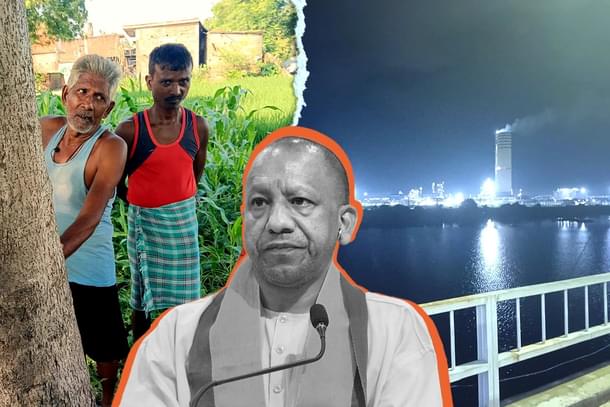
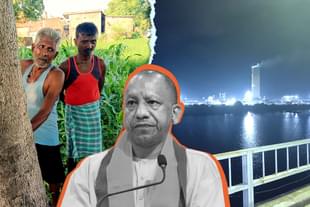
Gorakhpur is one of the most significant Lok Sabha constituencies in Uttar Pradesh (UP). Yogi Adityanath, the current UP Chief Minister, and head of the Gorakhnath Mandir, is widely seen as a mascot of the city.
The Gorakhnath Math has dominated the city's politics since Independence. Yogi Adityanath himself has held sway for at least the last two decades.
However, is there a breach in the fort?
The signals of a possible breach are found in the way the social fabric and politics are changing in Gorakhpur now that Yogi Adityanath has his official residence in Lucknow, since 2017. Though he is an MLA from Gorakhpur Urban, and is still the most popular leader in the city by a distance, murmurs of discontent are hard to ignore.
The most recent election statistic too points towards a changing dynamic. During the 2024 general elections (GE), Ravi Kishan — Bharatiya Janata Party (BJP) candidate from Gorakhpur and a leader supported by Yogi Adityanath — could only muster 50.75 per cent of the total votes. The corresponding figure in the 2019 GE was 60.54 per cent.
His victory margin (by vote) came down from 3.01 lakh in 2019 to 1.03 lakh in 2024.
Many poll analysts attributed this drop in margin to Adityanath's reduced presence in Gorakhpur. That's only a partial explanation though.
To explore what else was wrong for the BJP in its stronghold, and how, if at all, moods have changed in Gorakhpur since the Lok Sabha voting, Swarajya went on the ground in the city.
Right in the middle of Gorakhpur, the road expansion project near the Gorakhnath Temple divides opinions. The allegation is that one side of the road was given more width, because it has/had more shops and buildings owned by Muslims. More width for the road means more area taken out from the shops.
Many had to reconstruct their shops and pull their boundaries in; otherwise, the administration would impose a heavy fine.
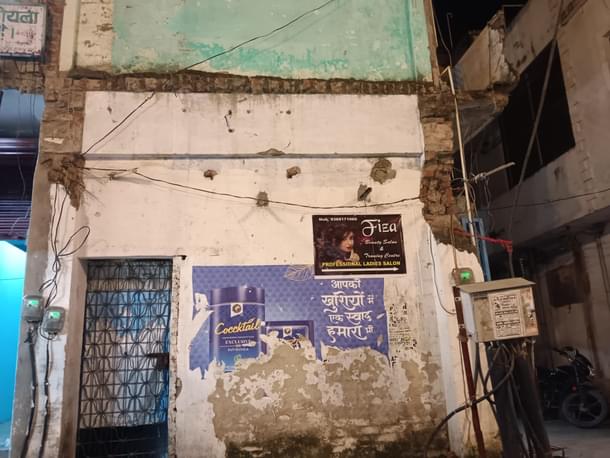
The people seem to have adjusted to the new spaces but still carry a grudge against the administration for their troubles.
It's hardly better on the other side of the road either. The shopkeepers who had their shops close to the Gorakhnath Temple have been taken aback by the increase in rent.
In the wake of one of their own (Yogi Adityanath) becoming state Chief Minister, they expected the rent to either decrease or remain stagnant.
Although, with the temple's renovation and improved security, these shopkeepers are likely benefiting from increased sales.
Increased attention of administration is also not going down well with many inside the temple but that is where it stops. "No matter what, we will vote for Yogi," is the refrain there.
The displacement problem due to new government projects is hurting people and shopkeepers across the constituency. Small vendors allege that they run from pillar to post in order to escape what they term as extortion by police personnel.
“Look, sir, we do understand that the city is getting developed and there is more cleaning. However, small shopkeepers like us are bearing more of the brunt,” said Amardeep Gupta, a shopkeeper in Arya Nagar.
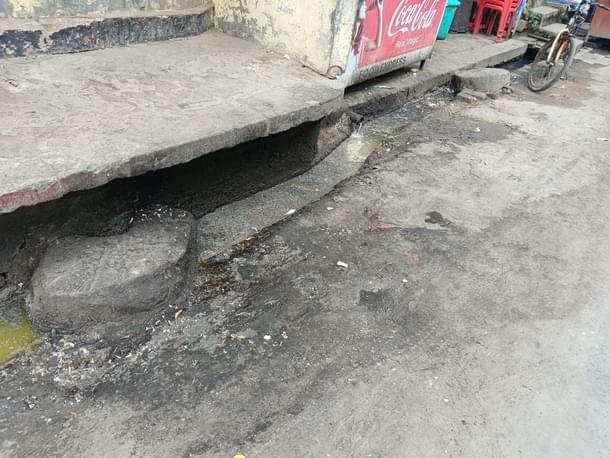
Showing the open drain under the new boundary of his shop, Gupta adds, “I am effectively asked to make tea near such dirt. Hopefully, the municipal corporation sees it one day and covers it.”
Despite these difficulties building up, people in urban settings can take solace in the fact that most roads are cleaner, infrastructure is better, and industries — especially the service sector — are witnessing growth.
For rural areas, there is no such consolation. In Gorakhpur villages, old school social inequality is still prevalent — albeit in a new form.
In Mahuapar village, around six months ago, an old couple had died of hunger in a temporary hut. Even this hut was made at a place where water from people’s houses or farms could easily seep in. Things got even more dire in monsoons.
A few villagers initially gave them food, but after a certain period, they refused to do so. “We are also poor, don’t have endless income, we also have to feed our family. Until when could we keep serving them?” said Ram Komal.
They feel that the deaths could have been avoided had the government provided a ration card to the couple. Apparently, this bedridden couple were not given free rations.
Who the locals blame for this?
Answer: ‘Bade log’ — an umbrella term used for Brahmins, Thakurs and Bhumihars.
People from these communities are influential in the area and most have houses, cars, and other facilities like air conditioners in their homes.
Villagers say that despite this, they have their names in the ‘red cards’ (an informal term for 'below poverty line' cards) and avail free ration from the government. Due to their clout, they get full free food while those actually in need get one kg less than the prescribed limit.
The utility of the average villager is limited to providing cheap labour and becoming part of the crowd in political rallies — sometimes for payment, other times on promises of getting work done in villages.
When it comes to fulfilling promises though, the charge is that ‘bade log’ take the front seat. Government projects — be it roads or piped water — tend to pass through their houses more often than not.
People at the bottom of the social ladder tend to put up with this because the alternative is no project in the village at all.
Another reason to accept such a state of things is the possibility of getting paid work. Most people are unskilled and search for work by roaming in a 5-10 km radius.
Working as farm labourers or at construction sites is the only job they get.
For this writer, this was contrary to his intuition. Normally, a developing city produces more employment — especially now that Gorakhpur Industrial Development Authority is taking industrialisation to a new scale.
The driver of the small autorickshaw I had taken to the station was also once working in an industrial unit on a decent salary. However, after Covid, the company asked him and a dozen others to leave.
With one lakh in savings and a few more lakhs in subsidised loans, he bought an autorickshaw. “With BJP in charge, at least poor people like us have got the opportunity to start our own business,” he said.
When I asked about his own community, the driver, who used Sahani as his last name, said that people of the Nishad community are not really happy with BJP.
With a rough estimate of 3.5 lakh votes, Nishads are the single largest voting bloc in Gorakhpur. They are central to Adityanath’s quest of unifying Hindus here.
Among the younger ones of the bunch, Hindutva works as a motivating factor. They tend to be at the forefront in protecting the community during communal strife.
Witnessing how Praveen Nishad — then a Samajwadi Party (SP) member — defeated BJP’s Upendra Dutt Shukla in the 2018 bypolls, BJP had attempted to woo Nishads with various political moves. For instance, it inducted Praveen Nishad into its own fold and gave him a ticket from Sant Kabir Nagar in the 2019 GE.
Sanjay Nishad, Praveen’s father, and Jaiprakash Nishad, a Bahujan Samaj Party (BSP) turncoat, also benefited from party's outreach.
In 2024 elections though, the Samajwadi Party turned the tables on the Nishad outreach. For one, the party understood that getting reports from local cadres is fraught with the risks and sent observers from Lucknow to give correct reports.
In its campaign, cadres belonging to the Nishad community were given important responsibilities. This was on top of choosing Kajal Nishad — a popular and familiar name — as its candidate.
Secondly, with the leaders of their community getting favourable treatment from BJP, the average Nishad expected the needle on the reservation demand to move in progressive direction. But it did not.
Thirdly, the complaint in welfare delivery during the last 2-3 years has hurt every community, with Nishads also taking the hit.
In Mahuapar village, more than a dozen members of the Nishad community came together to complain about the lack of proper facilities. Nishads, whose main identity is connected to water, are now suffering the brunt of it.
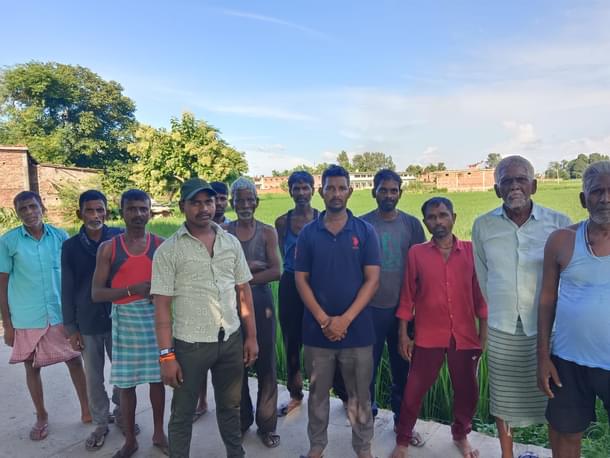
The kaccha roads going to their tola (a place informally allocated to members of a particular community) are filled with water from the houses because there is no other place for the water to go.
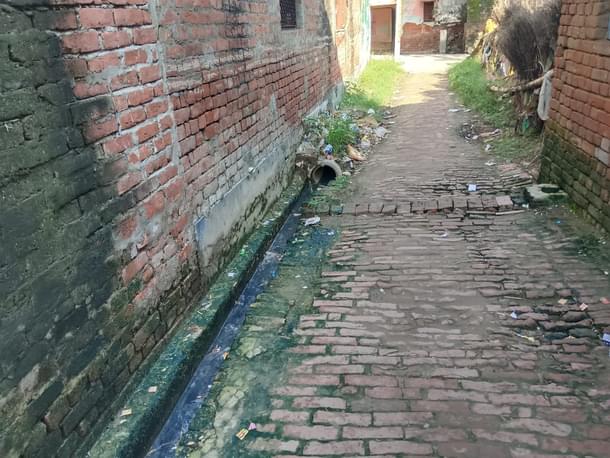
.jpeg?w=610&q=75&compress=true&format=auto)
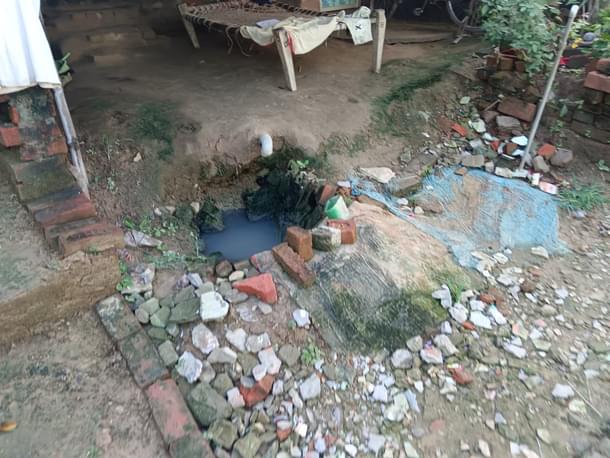
The moss is visible to the naked eye and poses a grave risk of injury to the elderly and children.
.jpeg?w=610&q=75&compress=true&format=auto)
Interestingly, these people initially settled here because of a small pond around which they used to clean clothes and dishes. Slowly water hyacinth grew, and so they had to switch to using handpumps.
In the last decade, new homes and toilets were built, but most of them were not technically completed. Though people are thankful to the Narendra Modi-Yogi Adityanath duo, they feel that the government has gone lethargic during the last few years.
“There was a temple here which got destroyed due to rain. We have protected the murtis, but no one came to help us. They talk about Hindus so much, but not even a BJP worker came here to rebuild the temple,” said a lady who had initially refused to accompany us to the place due to recurring disappointments related to media and officers visiting the place.
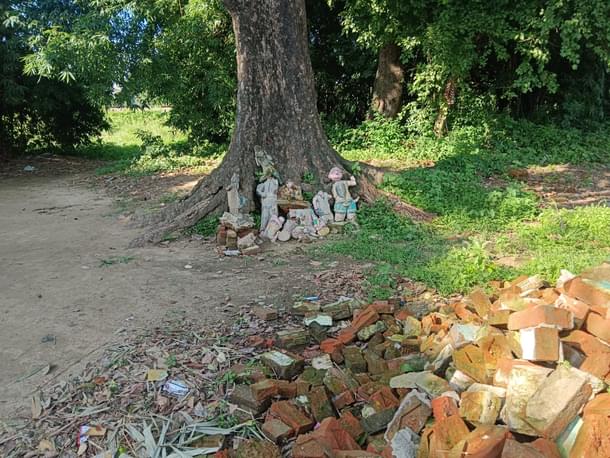
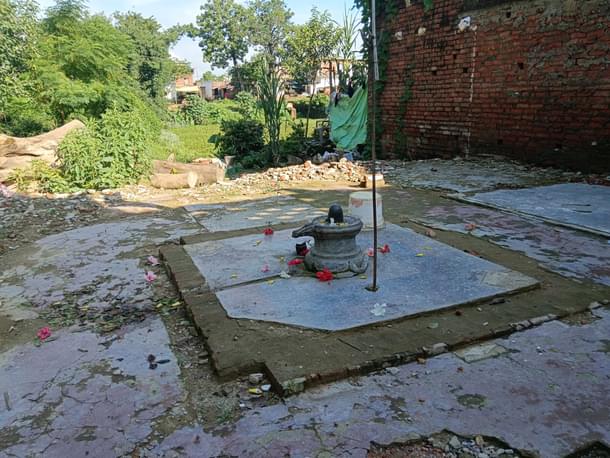
When asked when this lethargy started, a seemingly educated youth said that both Modi and Yogi governments did good work during their first terms.
"Modi after 2019 and Yogi after 2022 have slowed down," interjected Jagdish Nishad, an elderly man who had gone to court in his youth to secure a government job.
The younger man, however, did not seem to be enthusiastic about a government job. He used to be an army aspirant but almost surrendered his hope after the introduction of Agniveer scheme.
On being asked why: “I can sustain myself, but I also need to take care of the family.”
The feeling is largely uniform among defence aspirants. However, one Ram Sagar, an active CRPF (Central Reserve Police Force) personnel from Marha Gokuli village enjoying his holiday, seemed to differ. He feels that working in the army trains your mind to remain consistent.
“Learn to work hard and then start something with 10+ lakh money. It is as simple as that,” he said.
Ram Sagar belongs to the Scheduled Caste community and applauds the Yogi Adityanath government for changes in law and order. “When SP was in power, a dead body was found in the farms almost weekly".
Despite the remarkable change, he and his friends still vote for BSP (Bahujan Samaj Party) because the Mayawati era was the first time they witnessed the practice of, and the narrative around untouchability changing on the ground.
“It is more of a thankful gesture towards Bua (Mayawati). If Chandrashekhar Azad holds up to his promise, we will vote for him or Yogi ji is also there for 2027,” said Saurav of Tar Koila village.
Amidst all this, there is one recurring concern for every aware Gorakhpuri citizen. The establishment of a new Gorakhpur is in the pipelines. Approximately five lakh people will settle in more than 6,000 acres of land.
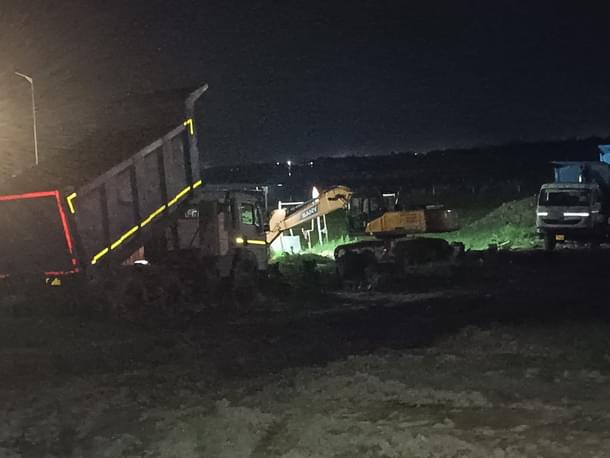
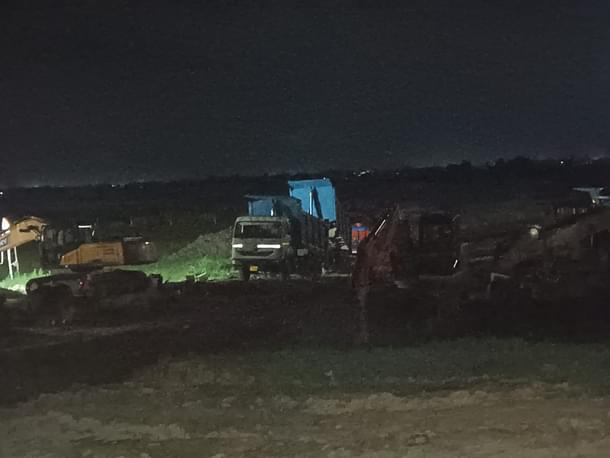
Considering the BJP government’s emphasis on greenery, the actual cost will go well above the estimated Rs 17,000 crore.
Land from 24 villages needs to be acquired, but issues remain aplenty. In a few places, it is the amount; in others, whether compensation will even come or not is the problem.
Multiple rounds of negotiations with farmers have been held. Chief Minister Adityanath has warned officers against using heavy-handedness, but many complain that they are being harassed in other ways.
“Earlier, we used to get work in official projects, but from the time we complained about land acquisition, officers are not allocating work,” said Ram Pratap Nishad. Ram Pratap also does not like the mechanisation of work since it is eating jobs of the people.
"Earlier, municipality would pick 10-15 of us for work, now the contract system is such that only two or three of us get work while machine does most of it," added Ram Pratap.
The experience of this latest trip to Gorakhpur brought home one observation about Uttar Pradesh, especially its central and eastern parts, which gained ground in the wake of the Lok Sabha results: that this is a poor state seeing unprecedented infra push and that is bound to have its effects.
Modi and Yogi want to deliver growth that would have otherwise happened in multiple generations during their terms in office itself. Maybe a richer state would have absorbed a similar infra push without much of a jolt to its politics. But Uttar Pradesh is not that state.
Gorakhpur is changing, and Yogi Adityanath is not afraid of taking unpopular measures to keep the pace going. It is better if projects get executed quickly and before pent-up anger from the disaffected starts making impact on the polling booths.
Abhishek is Staff Writer at Swarajya.





